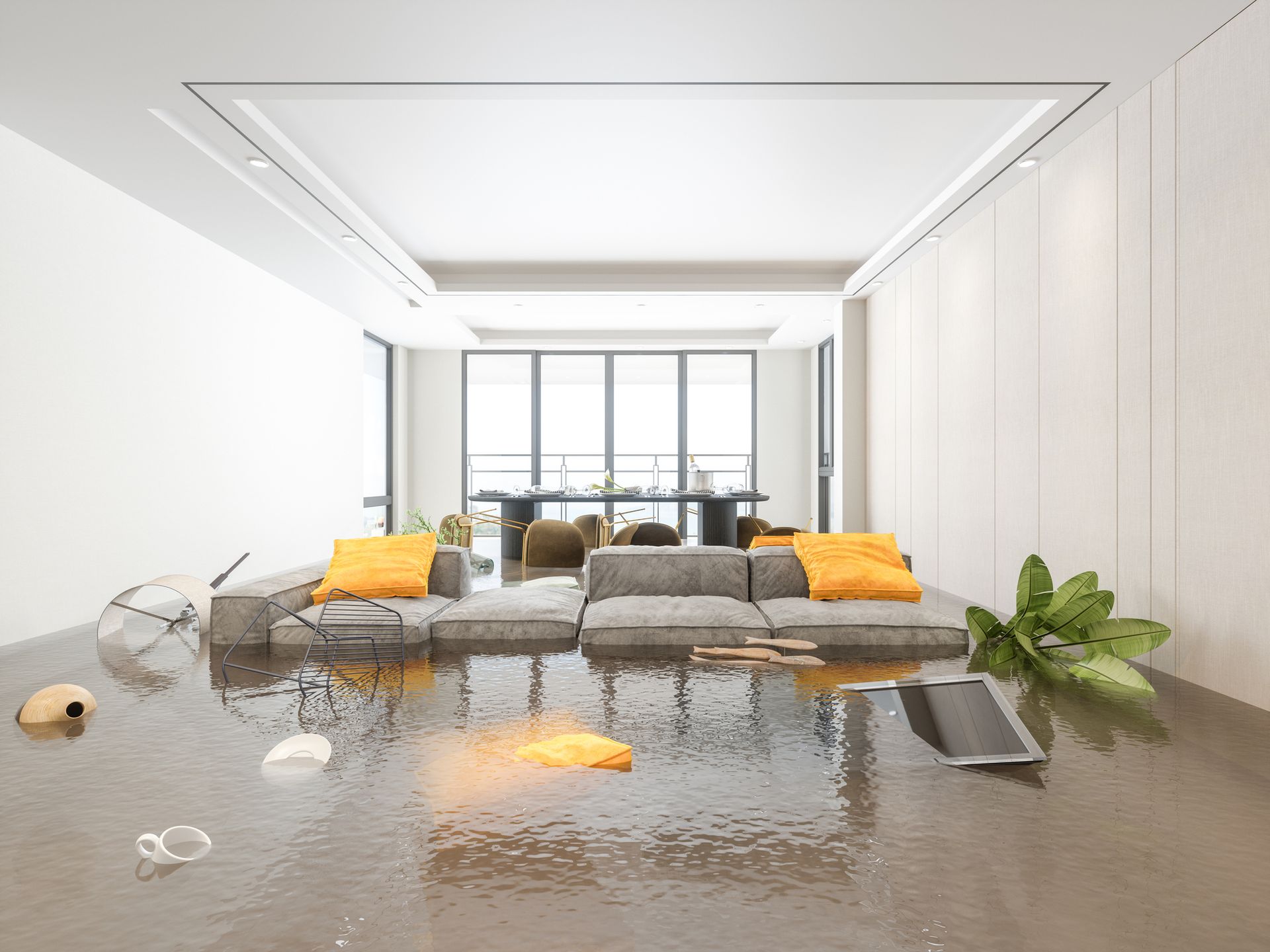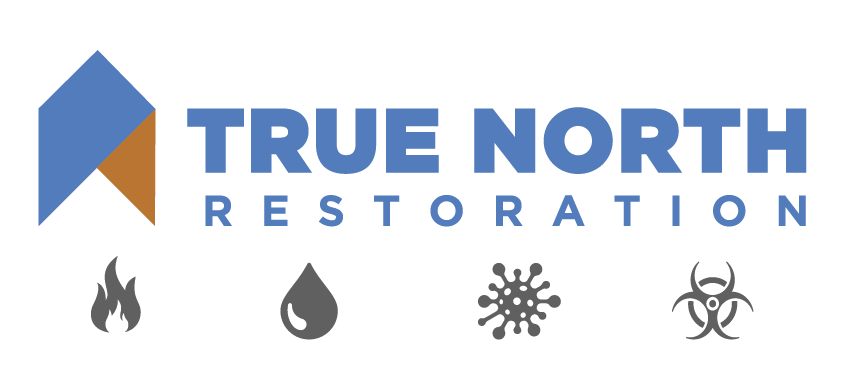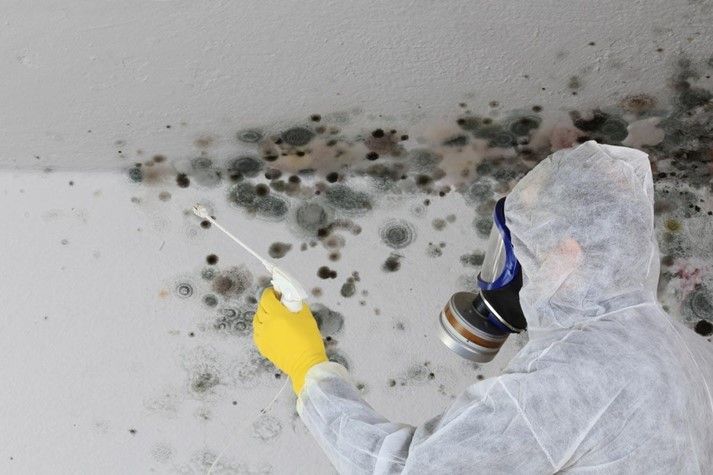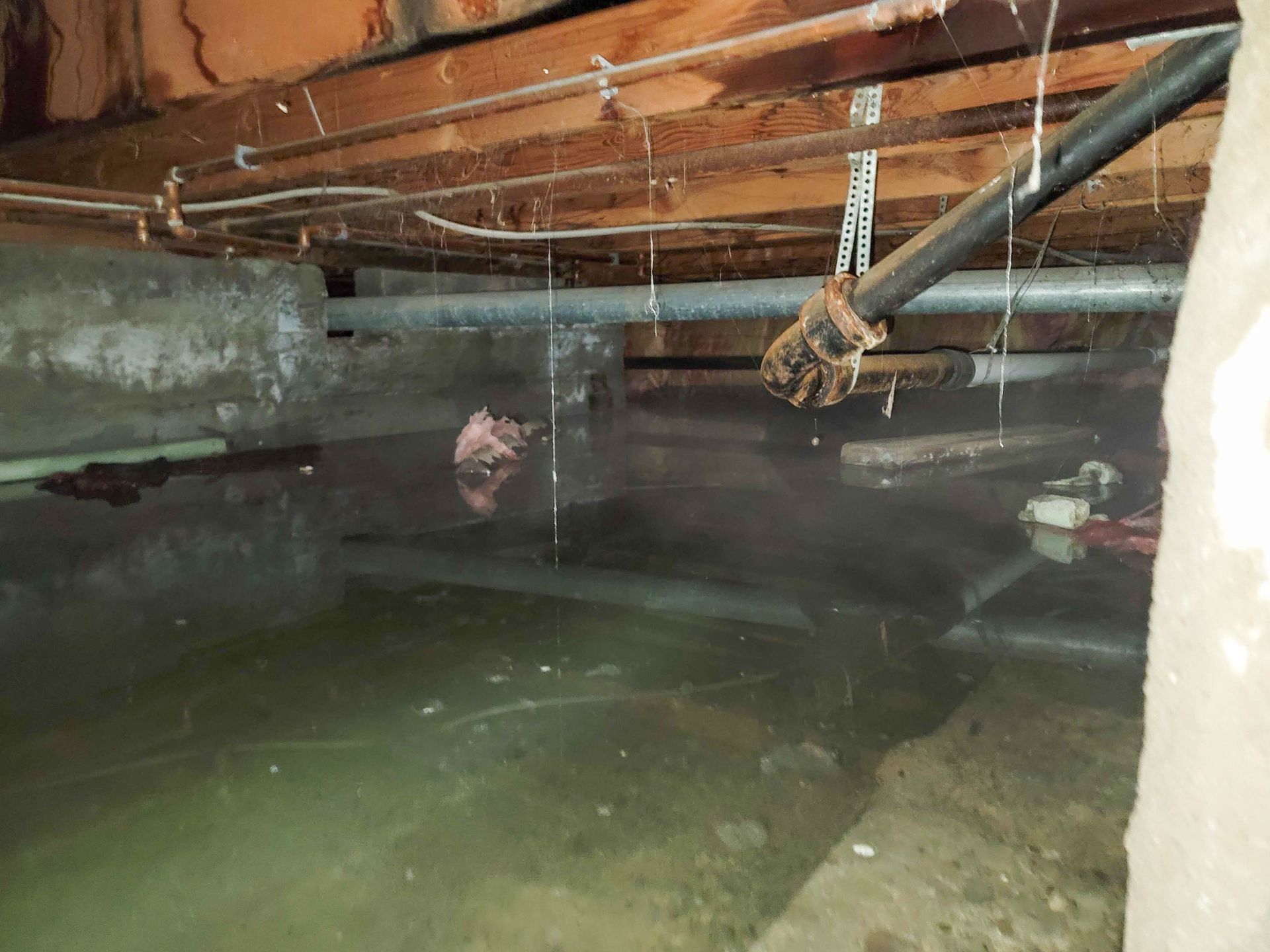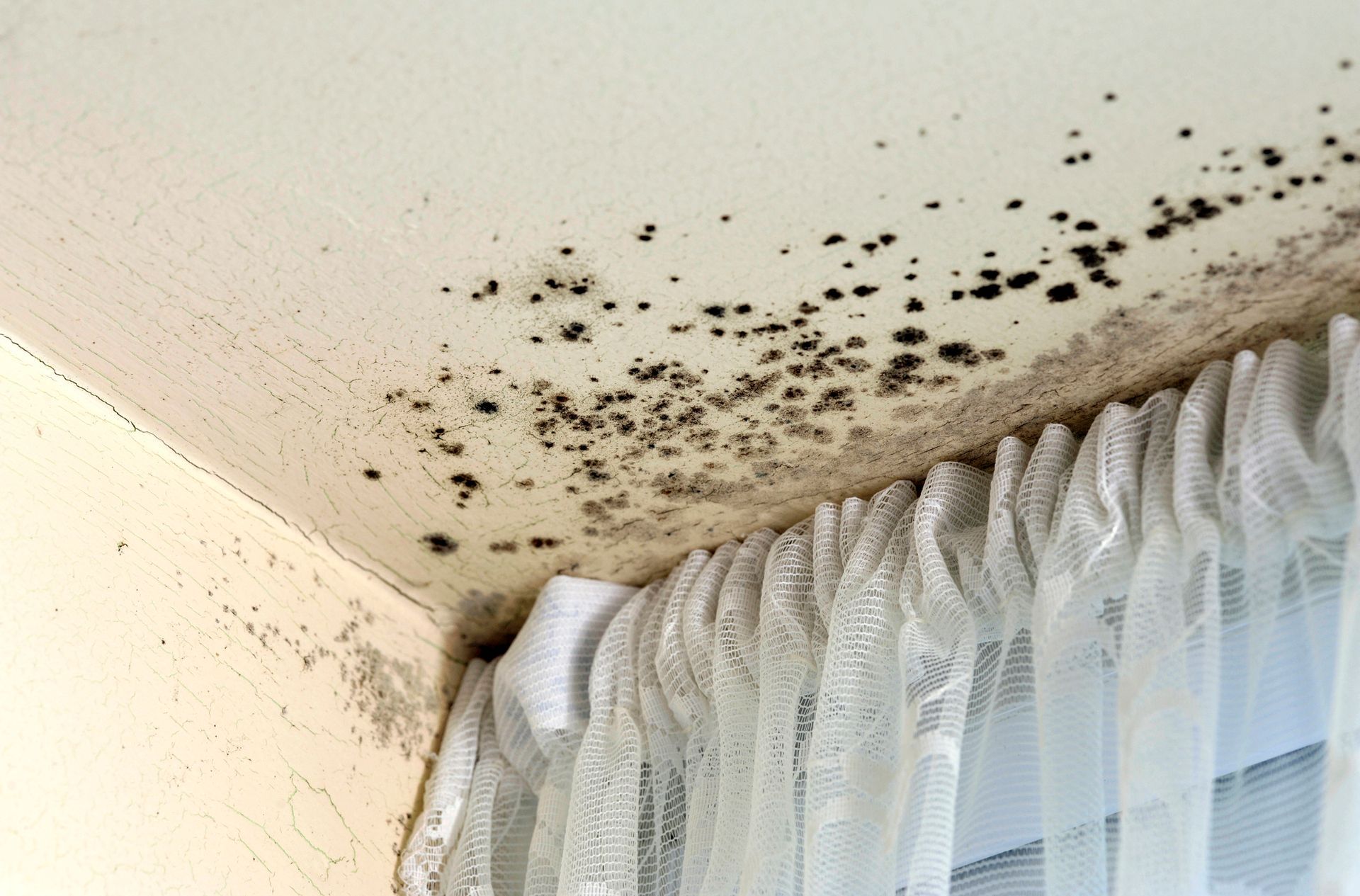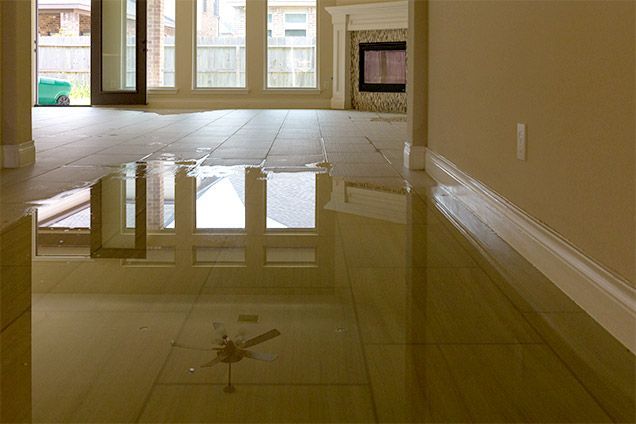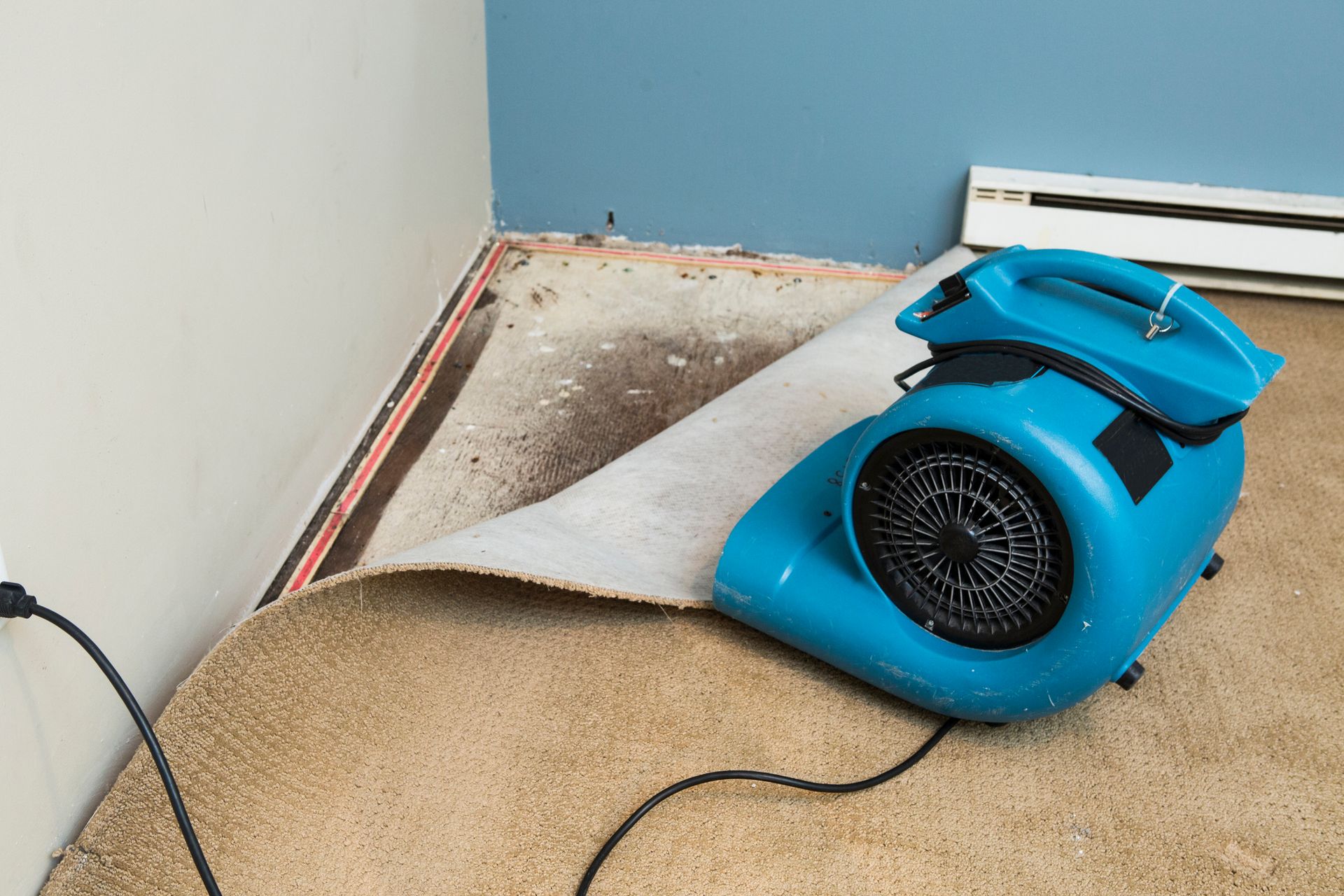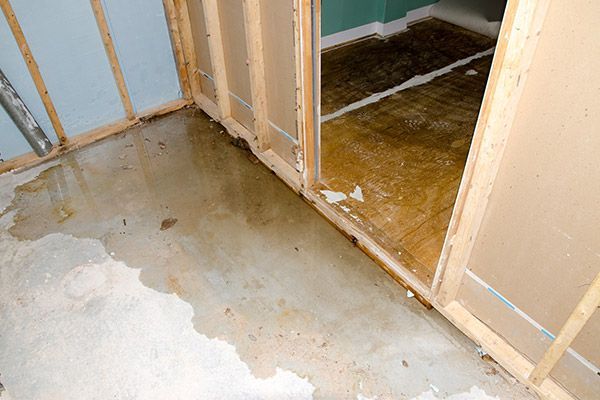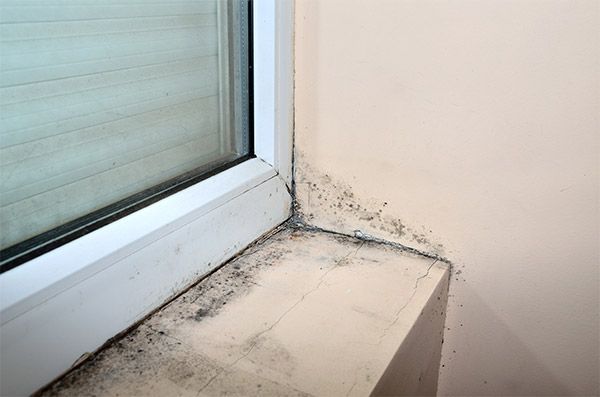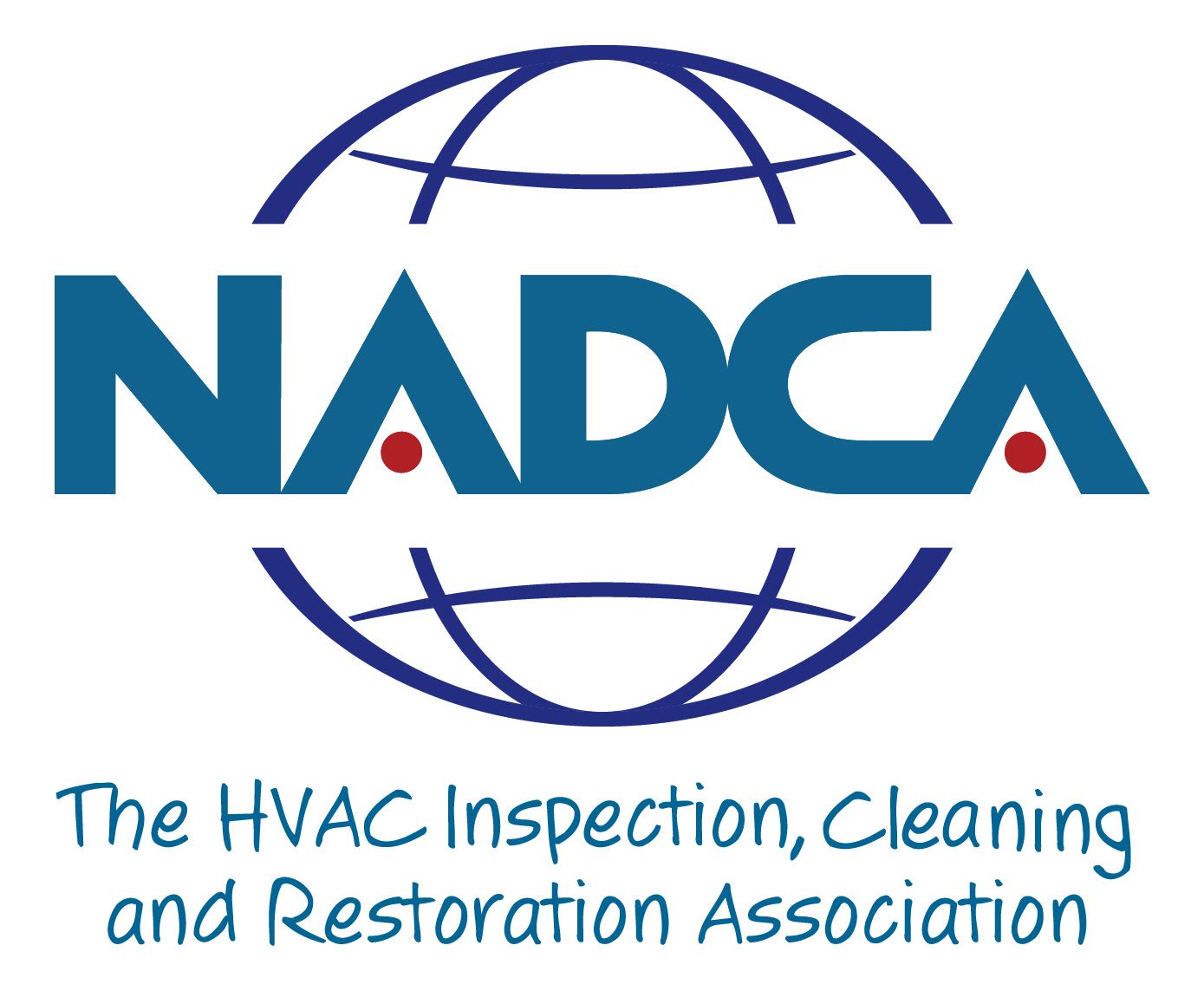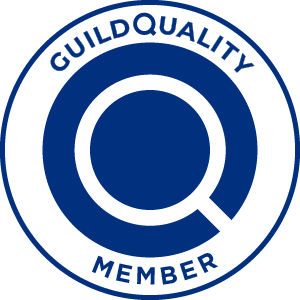Act Fast: Why Prompt Water Damage Clean-Up is Crucial for Your Home
Water damage is one of the most significant threats homeowners and building managers face today. If water damage is not addressed or repaired promptly, it can have devastating effects that can include water seepage into walls and floors, rot, mildew growth, and structural damage. Responding quickly to water damage is crucial for minimizing the costs associated with repair, as well as avoiding potentially hazardous secondary issues such as mold exposure or other health-related concerns. In this article, we will cover the steps to identify water damage in a home or business, explore potential costs associated with water repairs, and discuss preventive strategies to avoid water damage issues in the future. Read on to learn more!
Causes of Water Damage
Long-Term Effects of Water Damage
Water damage can quickly cause irreversible secondary damage, such as mold, rot, and structural weakening if it is not addressed immediately. Moisture damage restoration could include costly repairs, replacement costs, removing water-damaged materials and items, repairing water-damaged surfaces and areas in walls and floors, refinishing hardwood floors, repainting interior walls, replacing carpets and flooring, restoring water-damaged furniture, dehumidifying the environment to prevent additional water damage from occurring. All of these remedies may not only cost a substantial amount of money but could also reduce the overall value of a property due to the extensive water damage that resulted in these measures being taken.
Mold Growth
Mold growth is a serious safety concern and should not be taken lightly. This type of fungus thrives in absorbent materials, often becoming breeding grounds behind walls or in hidden areas like attics. It can spread following flood repair or any other damage repair if the right precautions are not taken. Those exposed to mold risk developing asthma, allergies, skin rashes, and may trigger serious respiratory conditions such as bronchitis and pneumonia. To avoid these risks associated with mold growth, it is essential to practice proper precautions from the start by using protective equipment when doing repairs and making sure all damaged materials have been properly removed and/or replaced.
Structural Damage
Water damage to a building can have a major impact on its structural integrity. The standing water itself can quickly erode away materials such as grout, concrete, cement, and wood. After the water is removed, the walls, flooring and ceilings may remain wet for several weeks, depending on their location in the building. This added moisture can cause wall coverings to peel, tiles to come loose and solid wood that may warp or deform due to mold growth. In extreme cases of water damage, the building’s foundation may be weakened if standing water accumulates beneath it over time. Property owners should address any signs of standing water in their buildings as soon as possible to help prevent lasting damage from occurring in the future.
Electrical Issues
Water damage to electrical systems in a building can have severe consequences, as it can result in short-circuiting or fire hazards, ultimately leading to costly restoration costs. Electrical issues resulting from water damage should be addressed to protect both the building and its occupants. To improve safety in a building affected by recent water damage to the electrical system, steps must be taken to replace damaged outlets, switches, and wiring to ensure that no fire hazards exist. If any significant water damage to an electrical system is present, it should be followed up with a professional water damage contractor. Investing just a bit of money upfront to protect against these risks could help to prevent much higher costs down the line due to property and structural damages.
Health Risks
Living or working in a wet or damp building can be detrimental to our health due to the potential for water damage and mold growth. In fact, some studies estimate that up to half of many buildings today are prone to long-term water damage and mold growth. This not only results in significant costs for repair and restoration but also poses troubling health risks for the people within the building. Without proper precautions, these exposures can cause an array of negative effects on their respiratory system, as well as increase susceptibility to other sinus problems, such as allergic reactions and asthma. To protect against these risks and minimize any unnecessary costs resulting from them, good preparedness practices should be employed, such as regular inspections for signs of water damage and monitoring for excess humidity. Implementing these fundamentals will ensure that both short-term savings and long-term benefits of improved health are achieved.
Decrease in Property Value
Water damage can be a significant issue for property owners, as the costs associated with water damage restoration can add up quickly. From water extraction, mold remediation, to the repair of water-damaged areas, the financial burden can be significant in many cases. Even after water damage has been repaired, the effects may still linger due to the reduced market value of the property. Buyers tend to be wary of water-damaged properties and may offer significantly lower prices, leading to major financial losses for sellers. Thus, water damage should always be taken into account when assessing a property's potential worth to make well-informed decisions moving forward.
Increased Risk of Future Water Damage
Water damage can be threatening to the structure of your home and its safety. Not only are there costs associated with water damage restoration, but weakened structures can also lead to even more severe moisture problems. For example, if moisture is allowed to seep into flooring, this will shorten the lifespan of those materials and make them more vulnerable to future water damage. Flooding or heavy rains can cause moisture to become trapped in carpets or walls; it's crucial to ensure any areas affected are repaired as soon as possible, as this can significantly reduce the risk of future water damage.
Unpleasant Odors and Reduced Indoor Air Quality
Water damage can be a breeding ground for mildew and mold, leading to unpleasant odors and reduced indoor air quality. This can impact the health and well-being of people living or working in a building in multiple ways. Poor air quality has been linked to respiratory issues, headaches, fatigue, and cancer due to long-term exposure. To prevent health issues from developing, it is essential to address water damage repairs promptly as soon as you notice it. If you have experienced floodwater, it’s vital that you also take part in flood clean up as soon as possible to avoid risks such as hazardous bacteria growth or infestations of pests that come with standing water.
Pest Infestations
Houses have a variety of absorbent materials, such as wall coverings, floorings, and furniture. When water damage occurs within the home due to flooding, water pipes bursting, or leaks - all of the absorbent materials become magnates for pests, especially when the necessary repair and restoration aren't done immediately.
Discoloration and Staining
Since flood water is often mixed with salts, alkalis, and organic matter, these materials end up being on surfaces that it contacts, bestowing discolorations or staining that causes an aesthetic problem. If left untreated and the room remains wet for more than 24 to 48 hours, mold growth begins causing further problems. The experts recommend an immediate flood repair and water damage repair to prevent discoloration and preserve the standing of your home or business.
Inefficient Energy Usage
Water damage can be a severe problem for HVAC systems. If moisture seeps into the system, it can cause corrosion and other costly repairs. In addition to costing money to repair, water damage also decreases the efficiency of the HVAC system. As the system begins to corrode and wear down, it will use more energy and require more maintenance than if kept dry and in proper working order. The costs of restoring and repairing water damage go beyond just restructuring—energy costs will also build up due to increased usage by the HVAC system. To ensure that energy costs remain low while maintaining a healthy HVAC system, speak to your local moisture damage restoration company and take proactive measures to protect against water damage!
Working with Water Damage Professionals
The aftermath of water damage can be devastating, especially when it is not addressed quickly and professionally. Working with water damage professionals can help minimize the damaging effects of water and restore your home or business to its pre-flood condition. They provide water extraction and water damage repair services to remove excess water, as well as mold remediation and structural repair services. Most importantly, working with water damage experts can save time and money, while also avoiding further damage compared to DIY water restoration methods. To ensure that you get the best care possible from a reputable company, research a few options first then select one that best suits your needs. Ask for referrals from trusted family and friends or check online reviews for their professional opinions about these companies. Ultimately, you’ll want someone who will provide excellent service and reliable results.
Act Fast – Get In Touch Now!
Throughout the article, we discussed water damage repair-related issues and explored the many costs associated with water damage and flood repairs. The key message here is not to leave water damage or flood repair issues unresolved, otherwise, the costs and repair time can skyrocket. True North Restoration in Denver is ready to help you ensure that problems don’t get worse, so reach out to them before it’s too late. True North Restoration offers fast-acting services and free estimates so you can make an informed decision about what your water damage situation needs right away. Don’t wait - take back control of your water damage problems with True North Restoration in Denver.
